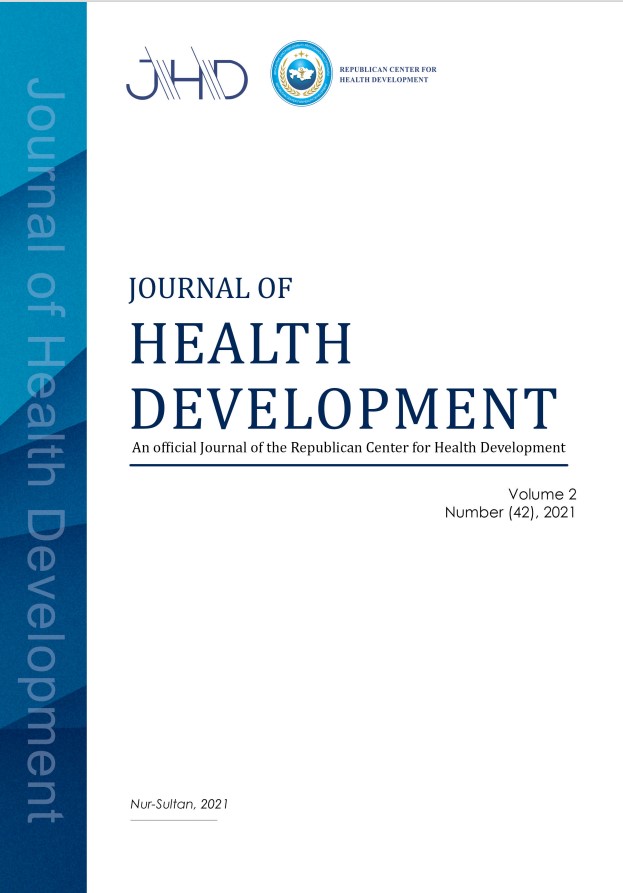Assessment of the Quality of Life of Glaucoma Patients In Kazakhstan (on the Example of Balkhash)
Abstract
Abstract
The purpose of the study: analysis and assessment of the quality of life of glaucoma patients in Kazakhstan on the example
of Balkhash.
Methods. The study was conducted on the basis of the municipal state institution (KSU) "Polyclinic No. 2" of the city of
Balkhash, Karaganda region in the period from 2019 to 2020. The study involved 46 men and 74 women. The average age of the
respondents was ≥64 years. To determine the quality of life of glaucoma patients, we conducted a questionnaire compiled by ourselves
and the NEI VFQ-25 questionnaire. The respondents were conditionally divided into three groups: group 1-patients who receive only
conservative treatment; group 2 – patients who underwent laser correction in parallel with conservative treatment; group 3-patients
who, in addition to previous types of treatment, were operated on.
Results. Among the comparison groups, the values of indicators of dependence on the help of others (23.7) and role difficulties
(23.9) and social activity (81.6) were significantly lower in patients receiving only conservative treatment. In this group, along with the
physical and mental components, it was found that the gap in visual indicators is up to 4 times.
Conclusions. The results of the study show that in glaucoma patients receiving only conservative treatment, the quality of life
is low compared to the control groups according to all indicators of the scales. A significant impact on the decrease in the quality of life
of patients receiving conservative treatment is caused by the discomfort associated with regular use of drugs prescribed for glaucoma
and their side effects.
Downloads
Downloads
Published
Issue
Section
License
Copyright (c) 2022 Journal of Health Development

This work is licensed under a Creative Commons Attribution 4.0 International License.












